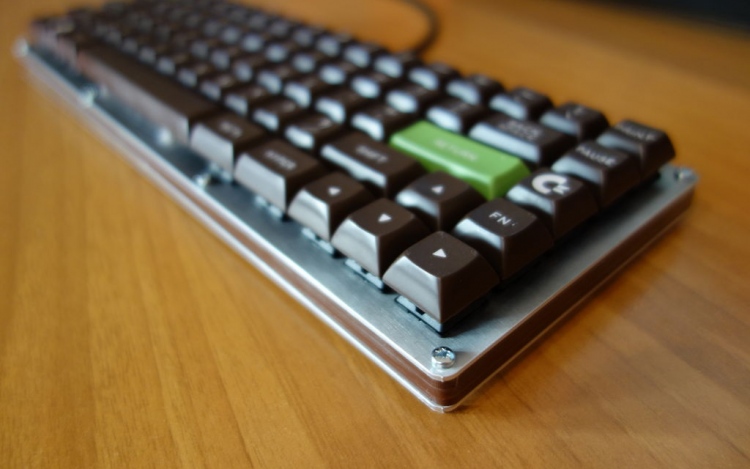If you’re a product designer, an inventor, or a DIY enthusiast, you probably know how frustrating it is to design a product but have no way of making it. In a lot of cases, inventors and product developers have to make their own hardware. While it’s certainly manageable to make your own hardware for a prototype, any kind of mass manufacturing might seem to be out of the question. You might have a wonderful design but without custom hardware, it just won’t work. So, what should you do?
By following some helpful suggestions and tips, you’ll be able to get the hardware you need so that your design can flourish.
Re-examine Your Prototype
Suppose that you’re working on a special mechanical clock. To build this clock, you need three different types of metal as well as the gears, nuts, bolts, and face components for the clock. In addition to all of this, you’re probably also going to need a housing for a battery and wiring that can power the gears so that your clock will move. Now, you’ve probably already designed your clock and you might have even made a prototype. You should start this whole process by taking apart your entire prototype.
You might not want to disassemble anything, considering that you’ve spent a majority of your time working on your prototype. Well, in order to make your custom hardware, you’re going to need to know the exact dimensions of all of your metal pieces so that you can get them replicated.
Speak to a Machinist or Laser Cutter
Suppose that you’re designing a product that you’d like to get funding for in hopes of mass manufacturing. In order to do this, you’re going to need to speak to a laser cutting company such as Ads Laser Cutting. Laser cutting companies specialise in making custom hardware for everything from machines to products. However, if you’d like to get your custom hardware made, you need to give them your exact specifications including the dimensions of the hardware piece that you’d like to make as well as the type of metal that you’d like to make it out of.
If you have any pieces made out of copper, you should make sure that the laser cutting company you hire is equipped with a fibre optic laser that can cut through copper. Traditionally, normal CO2 lasers can’t cut through copper but fibre optic lasers can.
Most laser cutting companies can cut metals such as mild steel, proper steel, aluminium, copper, and brass. So, whether you’re working on something practical or something decorative, you should be able to get it cut through a laser cutting company.
Why is this more efficient than simply making your own custom hardware? Well, you probably don’t have access to the same kind of equipment a laser cutting company has and you probably don’t have the time to slowly cut metal pieces down to specification for hours at a time. Since laser companies have access to bulk metal at lower costs, it’s actually much cheaper to hire someone else to make your custom metal hardware for you.




